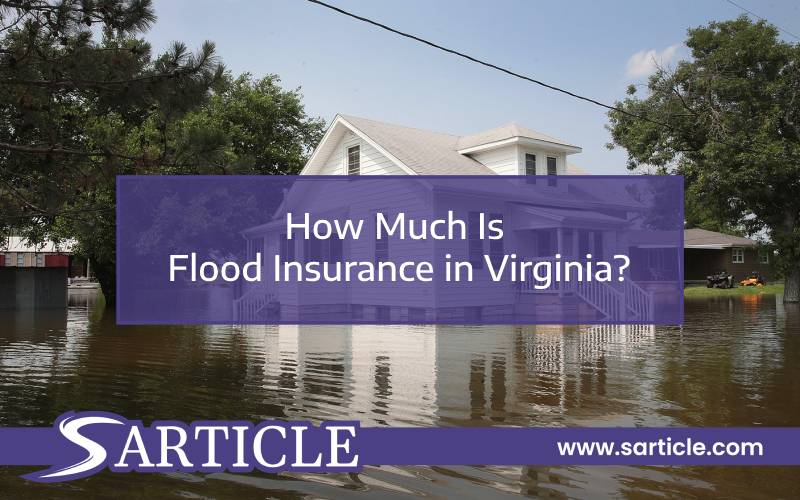Floods can cause significant damage to properties, and standard homeowners’ insurance typically does not cover flood-related losses. For homeowners in Virginia, where flooding is a potential risk, obtaining flood insurance is a crucial step in protecting their homes and belongings. However, the cost of flood insurance can vary depending on several factors. In this comprehensive guide, we will delve into flood insurance in Virginia, explore the factors that influence its cost, the different types of flood insurance available, and frequently asked questions to help homeowners make informed decisions about their insurance needs.
Understanding Flood Insurance in Virginia
Importance of Flood Insurance
Virginia is susceptible to flooding due to hurricanes, heavy rainfall, and coastal storms, making flood insurance a vital investment for homeowners.
National Flood Insurance Program (NFIP)
The National Flood Insurance Program, administered by the Federal Emergency Management Agency (FEMA), offers flood insurance to property owners in flood-prone areas.
Private Flood Insurance
In addition to the NFIP, homeowners in Virginia have the option to purchase flood insurance from private insurers.
Factors Affecting the Cost of Flood Insurance in Virginia
Flood Zone
Homes located in high-risk flood zones will generally have higher flood insurance premiums.
Property Elevation
Homes at higher elevations or with elevated foundations may qualify for lower flood insurance rates.
Building Construction
The construction type of the home and its resistance to flooding can impact the cost of flood insurance.
Coverage Amount
The amount of coverage chosen by the homeowner will affect the premium.
Deductible
Higher deductibles can result in lower premiums, but homeowners should consider their ability to pay the deductible in case of a flood.
Determining the Cost of Flood Insurance
Premium Calculation
Flood insurance premiums are calculated based on the flood risk of the property and the coverage amount chosen.
Elevation Certificate
An elevation certificate is often required to determine the base flood elevation and the appropriate premium rate.
FEMA Flood Maps
Homeowners can use FEMA flood maps to identify their property’s flood zone and assess the risk.
Types of Flood Insurance Coverage
Building Property Coverage
This covers the structure of the home, including the foundation, walls, electrical systems, plumbing, and major appliances.
Personal Property Coverage
This covers belongings inside the home, such as furniture, electronics, clothing, and appliances.
Replacement Cost vs. Actual Cash Value
Homeowners can choose between replacement cost and actual cash value coverage for personal property, each with its own considerations.
Excess Flood Insurance
For homeowners seeking coverage beyond the limits of the NFIP policy, excess flood insurance offers additional protection.
How to Purchase Flood Insurance in Virginia?
NFIP Policies
Homeowners can purchase NFIP policies through insurance agents participating in the program.
Private Flood Insurance
For more coverage options and potentially competitive rates, homeowners can explore private flood insurance offered by various insurance companies.
Conclusion
Flood insurance is a vital safeguard for homeowners in Virginia, given the state’s susceptibility to flooding. Understanding the factors that influence the cost of flood insurance, such as flood zone, property elevation, and coverage amount, can help homeowners make informed decisions about their insurance needs. Whether through the NFIP or private insurers, obtaining the right flood insurance coverage is essential for protecting homes and belongings from potential flood-related damages. By assessing their flood risk and exploring coverage options, homeowners can secure the peace of mind that comes with knowing they are financially protected in the event of a flood.


